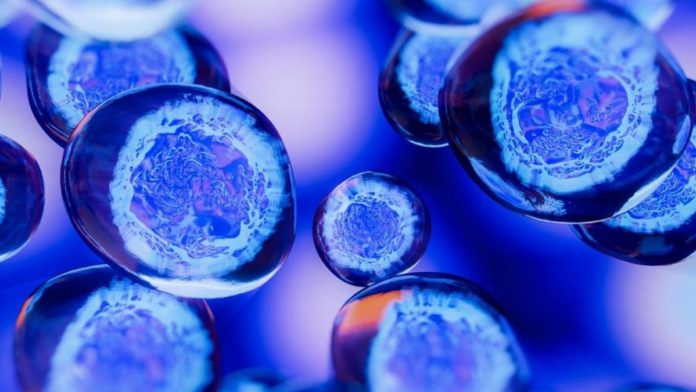Whether it is a projectile or football, we find it easy to calculate their range, velocity, trajectory using fundamental physics formulas. However, when it comes to approximating the nature of the path of a cell, scientists have been struggling with the same till now. Professor of biology Jonathan Weissman of MIT, postdoc Xiaojie Qiu of the University of Pittsburgh School of Medicine, and collaborators at the University of Pittsburgh School of Medicine recently developed a method for understanding the path taken by cells by observing how cells change over time rather than looking at how cells move through space.
They’ve developed a machine learning framework named Dynamo, which specifies mathematical equations detailing a cell’s progression from one state to another, e.g., its transformation from a stem cell to one of several types of mature cells. This framework can also be used to find out the underlying processes, i.e., the gene activity that drive cell changes. Researchers can harness these findings to direct cells along one route rather than another, which is a popular objective in biomedical research and regenerative medicine.
Dynamo develops equations by combining data from many different cells. The most important information it requires is how the expression of several genes in a cell varies over time. Because RNA is a quantifiable result of gene expression, the researchers calculated this by looking at variations in the quantity of RNA over time. To anticipate the cell’s course, researchers looked at the initial levels of RNAs and how those levels change. As sequencing only measures RNA once, estimating RNA quantity changes from single-cell sequencing data is tricky. The researchers must then estimate how RNA levels were changing using clues viz., RNA being generated at the time of sequencing, and RNA turnover equations.
The researchers improved on earlier techniques to provide clean enough data for the Dynamo to function. They employed a newly discovered experimental approach that uses complex mathematical modeling to tag fresh RNA and differentiates it from old RNA.
Researchers next tried comparing a continuous image of how cells change versus viewing cells at discrete moments in time. The team employed machine learning to uncover continuous functions that describe these spaces, led by Qiu and Zhang. This was crucial because while technologies for thoroughly profiling transcriptomes and other ‘-omic’ information with single-cell precision have exponentially improved, the analytical tools for interpreting this data have been descriptive rather than predictive.
The MIT researchers validated Dynamo’s cell fate predictions by comparing them to cloned cells with the same Genetic code and ancestry. The findings reveal that one of two virtually similar clones’ sequences would be carried out while the other clone differentiated. Dynamo’s predictions on what would happen to each sequenced cell matched what actually happened to its clone.
Blood cells, which contain a broad and branching differentiation tree, were also used to evaluate the Dynamo’s efficiency. In collaboration with Boston Children’s Hospital, the Dana-Farber Cancer Institute, and the MIT Department of Biology, researchers discovered that Dynamo accurately mapped blood cell differentiation and verified a recent observation that one kind of blood cell megakaryocytes, develops sooner than others.
Read More: Overinterpretation: MIT finds new bottleneck in Machine learning based Image Classification
The researchers envisage that this machine learning framework will not only assist them in better understanding how cells migrate from one state to another but will also assist them in regulating this transition. To achieve this, MIT Dynamo has tools to model how cells would change as a result of various operations and a methodology for determining the most efficient path from one cell state to another. These tools offer researchers a robust foundation for predicting how to best convert any cell type to another, a major problem in stem cell biology and regenerative medicine, as well as generating ideas about how other genetic modifications may affect cells’ fate.
For information on this research, visit here.


